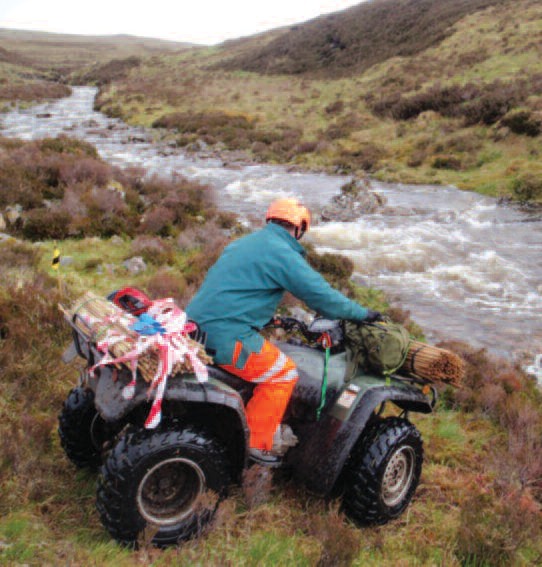As we get in the midst of the planting season the use of Plant/Equipment including ATVs/Quads will become common practice.
- It is crucial that we are diligent when selecting Plant/Equipment and operators who will carry out these tasks. Injuries from ATV/Quads can often be fatal, because of the speeds they can achieve. When an ATV/Quad overturns there isn’t always a roll bar to protect the driver’s head or neck. Accidents can also be caused by less obvious reasons, such as poor maintenance or exceeding the carrying capacity on the ATV.
So, before you hop on and start up your ATV/Quad take a moment to check:
Competency
Are you competent to operate ATV/Quads – when did you qualify and is your qualification still valid?
If you are qualified but have not operated ATVs since qualifying, do you require refresher training?
Machinery
If the ATV/Quad has sat around unused for several months, you should give it a thorough inspection before first use.
Consider:
- Fuel – old fuel that has been left in fuel tank can become stale, it may need to be refreshed.
- Oil – Check the oil level before each ride, looking at the fluid on the dipstick can tell you how much oil you’ve got and if it is fit for use?
- Tyres – You must ensure your tyres are at the right pressure for the terrain and have good tread. It’s also a good idea to check for damage to the sidewalls.
- Brakes – Brake pads should have enough friction material and they should never be metal to metal. Check pad wear and brake operation.
- Steering – Having control of your ATV is essential. The tie rods (steering connections to the wheels) are wearable and if one breaks you could be left with just one wheel controlling your ATV.
- Contact Points – Check the handlebar grips. If the grips are falling apart then replace them. Ensure foot pegs are secure and in good order and the seat pad is secure.
Terrain
Get to know the terrain you will be using and keep to planned routes where possible. Walk new routes if necessary, to check for hidden obstructions, hollows, or other hazards. Keep a look out for pedestrians, livestock, vehicles and other obstructions and allow for changes in ground conditions and for the destabilising effect of loads or attachments.
Loads
Ensure loads on racks are secure, evenly balanced, and do not exceed the capacity of the ATV/Quad.
Personal
Riding an ATV/Quad requires a lot of body movement so do some warm-up stretches to help prevent muscle strain. Gloves are useful for protection and handlebar muffs can help to keep hands warm in cold weather. Wear sturdy, ankle-supporting footwear that are strong, supportive and have good wet grip. Protect your eyes from insects and branches with either a visor or goggles and ALWAYS WEAR SUITABLE HEAD PROTECTION.
Please remember to make use of the Maintenance check books SF/72, Guidance Note GN/88 and FISA 701/FISA 702.




